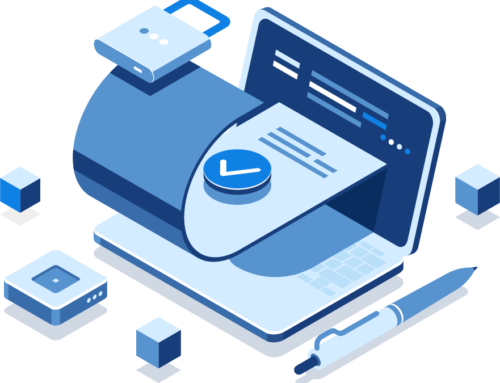With over 2 billion active monthly users worldwide, YouTube is the second largest social media platform in the world behind Facebook. Featuring everything from music and educational content to gaming videos and DIY instructions, YouTube is the leading online destination for many people, including lots of children and young adults. If anything, YouTube has become more people with kids in the last few years, as the COVID-19 pandemic resulted in a lot more people turning to the internet for entertainment.
The question is, how safe is YouTube for your children? YouTube has made efforts to create a safer environment for its younger viewers, but there are still potential online safety dangers to worry about. But by taking some extra precautions, you can be certain your kids can safely enjoy YouTube content.
What Age Is YouTube Suitable For?
According to its Terms of Service, you must be at least 13 years old to create a YouTube account, with children between the age of 13 and 17 only allowed to open accounts with parental permission. That said, even children under 13 are allowed to use YouTube if a parent opens an account for them. As such, there’s no real age limit to YouTube, especially since it doesn’t offer much resistance to stop younger viewers from using the platform.
In 2015, YouTube launched YouTube Kids, a standalone version of the site with content filtered to better suit younger audiences. However, it quickly drew criticism for featuring misleading or age-inappropriate that managed to slip through their algorithms. The site has improved over time though, as they have introduced various features to keep children away from inappropriate content and protect them from unwanted communications in the comments section. It also has parental controls that allow parents to block certain content, limit screen time, and view recent videos their kids have been watching.
Setting Up Parental Controls
Since YouTube and YouTube Kids are separate applications, so you’ll need to set up parental controls on each individually.
For YouTube, sign in to your account and click on the “Settings” button on the top left sidebar. From there, click the drop-down menu at the bottom of the page that reads: “Restricted Mode: Off.” Select “On” to lock restricted mode to this browser. You will need to do the same on any other browsers or devices you use as well. While Restricted Mode is far from foolproof and can still occasionally let questionable content through, it’s still an excellent (and free) first line of defense.
For YouTube Kids, most of the content restrictions are in place by default. After all, it is promoted as the “safer, kid-friendly” version of YouTube. That said, you can still access a number of parental control options under “Settings.” Just tap on the Lock icon at the bottom corner of the app, complete the math problem or password it gives you, then select “Settings.” From there, you can make a number of adjustments. This includes:
- Blocking specific content.
- Setting the age level of content (Preschool, Younger, or Older).
- Limiting access to only content you approve.
- Turning off the search feature, limiting access to content on the front page.
Additional Tips For Staying Safe
Even with parental controls in place, there is always the possibility that something inappropriate might crop up while your child is watching YouTube. To ensure a better experience overall, keep a few helpful safety tips in mind.
- Teach them how to report inappropriate content. YouTube has specific guidelines for reporting content that violates its Community Guidelines. Make sure they know them.
- Watch with them! The surest way to know that what they’re watching is age-appropriate is to watch it yourself. Granted, older kids might not want to watch with their parents, but it can be a great way to bond with your younger children.
- Even if you can’t watch with them, try to have them watch in the living room or in a family computer room rather than alone in the bedroom.
- Let your child know that they can talk to you. Sometimes kids will come across inappropriate content by accident but will be too scared to tell an adult out of fear that they’ll get in trouble. Teach them that they can trust you if anything upsets or worries them.
- Remind them not to share any personal information, whether in their YouTube profile or in the comment section. They should especially avoid anything that could make it easier for someone to identify them, such as their name, picture, school name, home address, or social media accounts.
YouTube can be a lot of fun for kids, and so long as you keep this safety advice in mind, you can guarantee that it’s a safe and age-appropriate experience as well!





